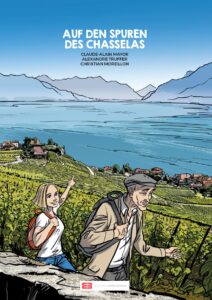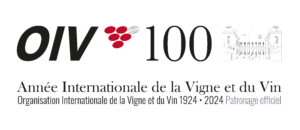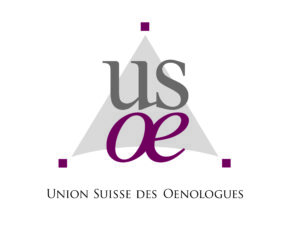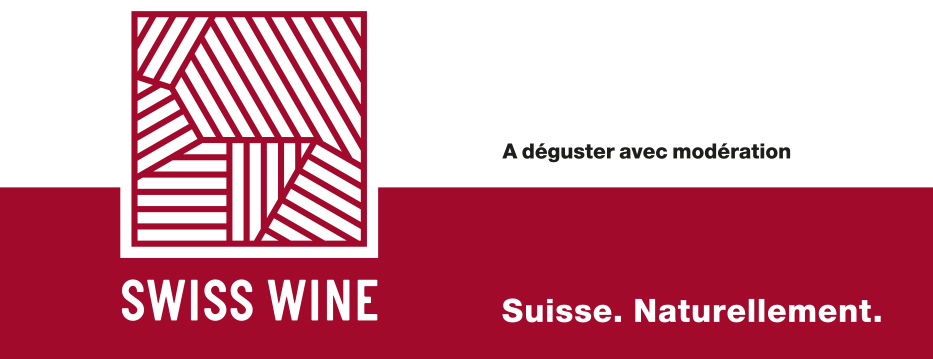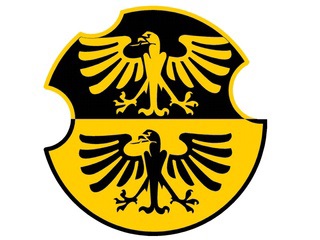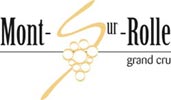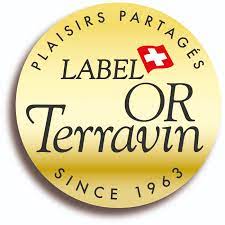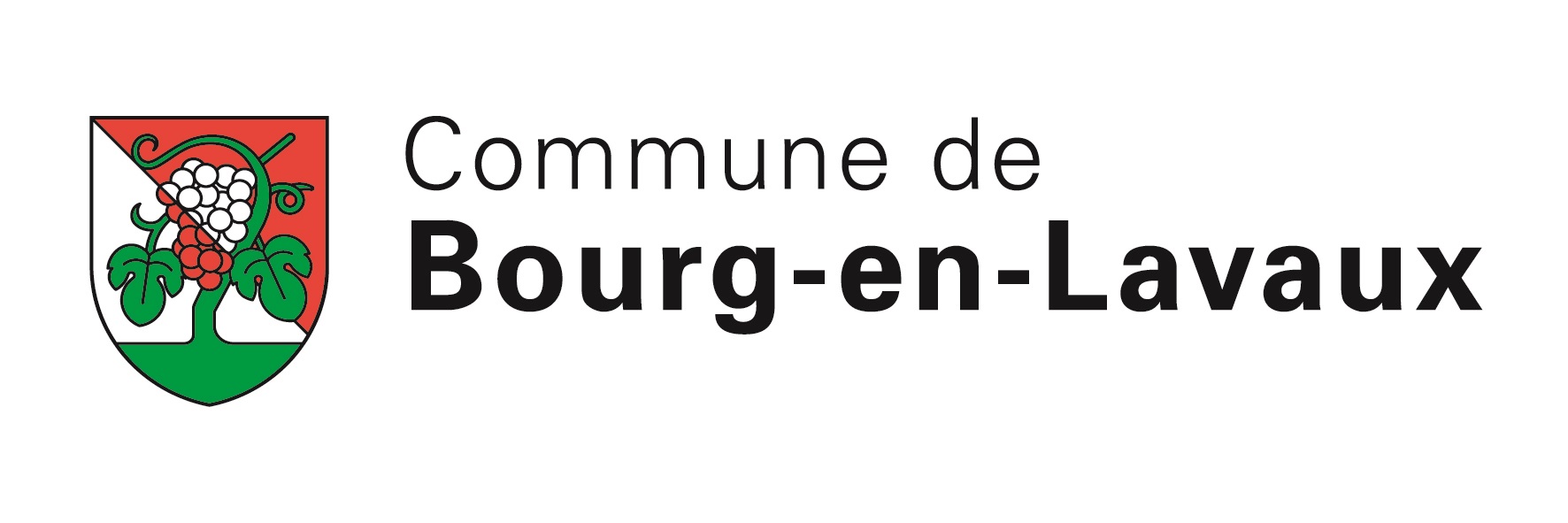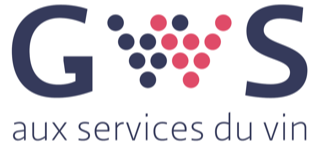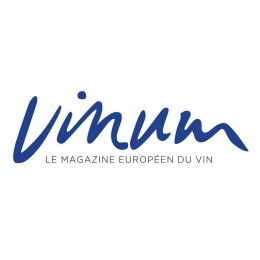The Best Wine Region You’ve Never Heard Of: The Lavaux And The Swiss Riviera
There are two good reasons Americans rarely see Swiss wines on restaurant lists or in neighborhood wine shops. Neither of them is that there’s anything lacking with the wine.
Switzerland, especially the warm, sunny Lavaux region along the postcard-picturesque shores of Lake Geneva, in the Francophone south, produces beautiful white wines—but only in small, artisanal batches. And enjoying wine is such a part of the local culture that there’s virtually none left to export.

So the first motivation to visit is to taste the region’s distinctive whites made from the Chasselas grape: light, crisp, with pleasant minerality and a hint of salt. They’re the kind of low-alcohol whites that winemakers call “easy drinking,” or, in the local parlance, a “wine of thirst.” During harvest, the grape pickers—it’s all still done by hand—take breaks throughout the day for a revivifying glass.
The second reason is the stunning beauty of the Lavaux itself, both in the way the land rises up from the infinite blue of Lake Geneva (and, yes, that’s France in the distance) and in the way that humans have enhanced it: charming farmhouses and terraced vineyards cordoned off by 250 miles’ worth of stone walls that date from medieval times. Rising more than 1,100 feet above the lake, and terraced over 40 levels, these are among the steepest vineyards in the world.
The heady blend of loveliness and tradition—wines are still made much as they were when the Benedictine and Cistercian monks were making them in the 11th century, with no irrigation and minimal (if any) chemicals—earned the nine-mile long Lavaux region a UNESCO World Heritage distinction. And one particular walk through them has been named among the ten most beautiful in the world. (Disclaimer: I visited last month as a guest of Switzerland Tourism.)
That nine-mile distance is another selling point, because although there is a wine trolley, the pleasures of the Lavaux are best discovered on foot: walking through vineyards with the occasional stop at a winery or traditional pub for a taste. Worth a stop is 17th-generation winemaker Blaise Duboux, whose well-balanced wines may not be the most emblematic of the region but are some of the best. (There’s a whole lot of terroir going on here.) His family has been making wine on this land since 1454, and his knowledge and passion are palpable. Follow that with an alfresco lunch (try not to mind the occasional train zooming by) at the charming, family-owned Auberge de la Gare, whose specialty is a mild Etivaz cheese made by the owner’s father in the higher Alps nearby.
Beyond the wine route, the whole region is appealing. It’s bookended by Lausanne, a lively university town with happening nightclubs, emerging indie designers (the funky jewelry and home goods shop Nano and the reinvented-vintage-trunk specialist La Malle au Trésor are standouts) and an appealingly sporty lifestyle, to the west; and the resort towns of Vevey and Montreux to the east. And of course, the lake to the south, where it’s easy to hop in for a swim or climb aboard for a scenic boat tour—admission is free with the transit passes that all hotels provide their guests.
Each is worth a few days: Lausanne for its old-meets-new atmosphere, with a medieval cathedral and narrow homes in the old city atop a hill, and a revitalized industrial district with galleries, tech companies, restaurants and even a sand-floored outdoor “beach club.” And Montreux for its laid-back but high-end lifestyle—looking for a luxury boutique? they’re all here—and musical culture. Kitschy as it is, the Freddie Mercury museum inside the casino is great fun, and few visitors leaves without a selfie by the giant Mercury statue along the shore.
And if the famous Montreux Jazz Festival is going on, it’s worth splurging on a ticket. While the festival has evolved considerably from its early days as a purely jazz showcase in the ’60s and its later incarnation as a gathering of big-name ’70s artists (Led Zeppelin, Pink Floyd, Frank Zappa and Deep Purple—whose “Smoke on the Water” was written here after the casino caught fire and the smoke spread over the lake, although not during the festival). Now it has more retro appeal: This year’s lineup included Jackson Browne, Tony Bennett (with Lady Gaga), Santana, Toto and, on the night I went, Lionel Richie, who at age 66 put on a heck of a good show.
While there’s a lot of gray hair inside the concert halls for the main acts, the bottom-tier acts, who perform on outdoor states for free throughout the day and night, capture the festival’s original freewheeling days. Young people come from throughout the region to dance and socialize, and to eat and drink from the many stands that pop up.
No question the wine that’s served is quite tasty.
Cet article de Ann Abel est paru dans Forbes Lifestyle le 8 juin 2015.
Category: Gutedel aktuell



